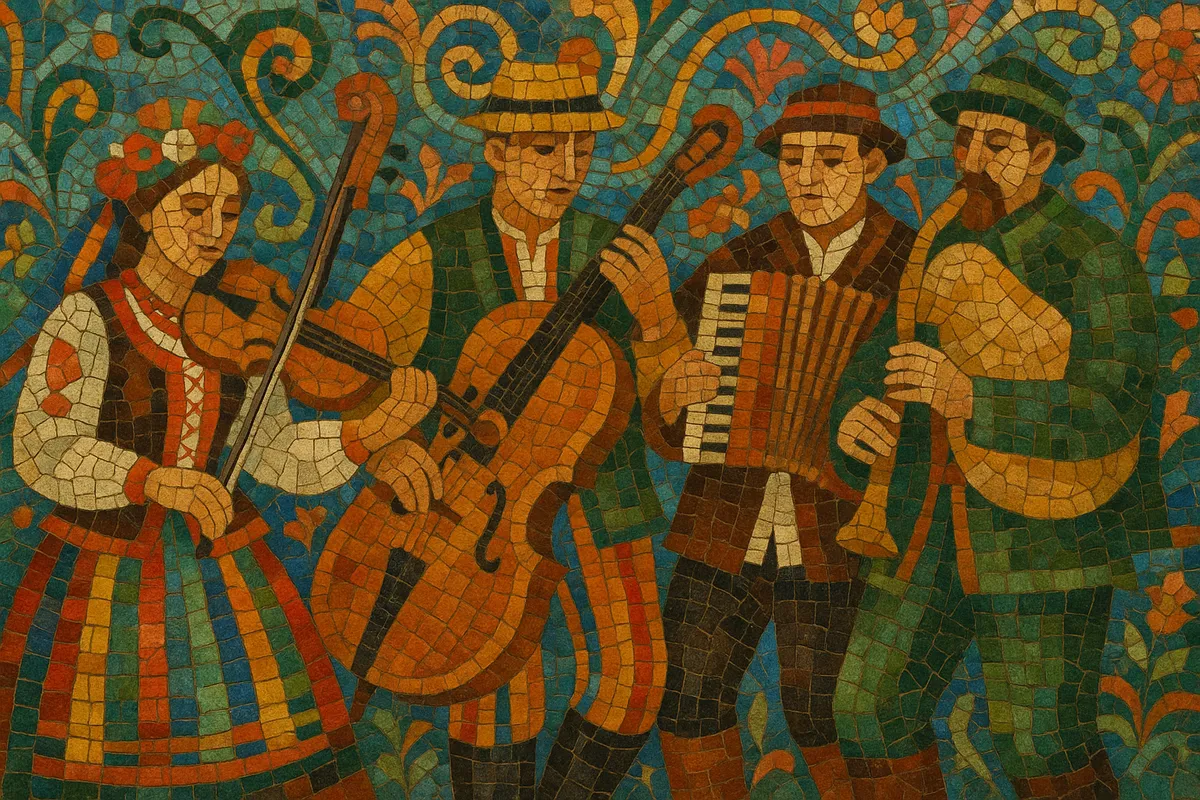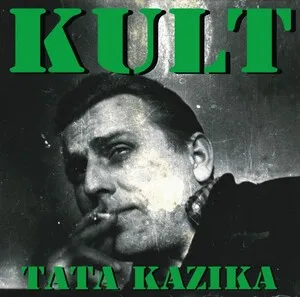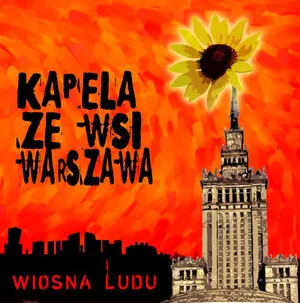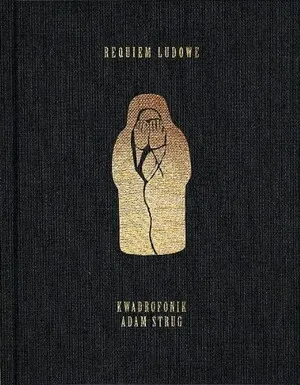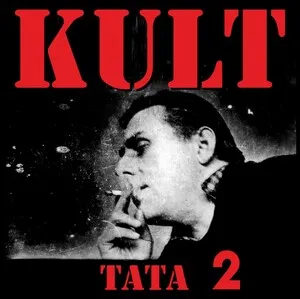Polish folk music comprises the rural vocal, instrumental, and dance traditions of Poland’s regions, notably Mazovia, Lesser Poland, Silesia, Podhale (Górale highland culture), and Kashubia. It is characterized by vigorous dance rhythms, modal melodies, heterophonic textures, open-throated "white voice" singing, and distinctive regional instruments such as the basy (folk bass), violins, accordions, bagpipes (dudy), hurdy-gurdy (lira korbowa), hammered dulcimer (cymbały), and the reconstructed suka biłgorajska.
Its most recognizable forms are the Polish national dances—mazur/mazurka, kujawiak, oberek, polonaise, and krakowiak—each with its own tempo, accent pattern, and character. Many repertoires accompany lifecycle and calendar rituals (weddings, harvests, caroling), while contemporary folk-revival groups fuse archival melodies with modern arrangements, keeping local styles alive on contemporary stages.
Polish folk music has medieval roots shaped by village life, Catholic ritual cycles, and pan‑Slavic song traditions. Seasonal customs (kolędy/carols, dożynki/harvest songs, wedding "przyśpiewki") intertwined with communal dance, creating repertoires that were transmitted orally.
By the late 18th and especially the 19th century, regional dance types—mazur/mazurka, kujawiak, oberek, polonaise, and krakowiak—were firmly established in rural practice and entered urban and courtly culture. The ethnographer Oskar Kolberg (1814–1890) systematically documented songs, dances, instruments, and customs across Polish lands, providing the foundational archive for modern understanding of Polish folk traditions.
In the post‑WWII era, state song‑and‑dance ensembles such as Mazowsze and Śląsk professionalized staged presentations of regional folklore, standardizing choreography and choral arrangements for national and international audiences. Parallel to this, grassroots musicians and regional kapelas kept local styles alive. From the late 20th century, a folk revival drew on Kolberg’s fieldnotes and new collecting, inspiring bands to re‑embrace raw village aesthetics, white‑voice techniques, and traditional instruments.
Contemporary groups fuse archival tunes with modern timbres (string ensembles, percussion, subtle electronics), while highlander (Górale) music and Kashubian/Silesian repertoires gain renewed visibility. Festivals, workshops, and community dances (potańcówki) help reintegrate social dance into urban life, and young instrumentalists restore endangered instruments like the suka biłgorajska and Polish bagpipes.
Polish folk idioms profoundly influenced European art music—most famously through Chopin’s mazurkas and polonaises during the Romantic era—while continuing to define Polish cultural identity at home and abroad.
Choose a dance type and let it drive tempo and accent:
•Kujawiak: slow, lyrical 3/4 with gentle, swaying accents.
•Mazur/mazurka: moderate 3/4 emphasizing the 2nd (or 3rd) beat; dotted figures and lifted feel.
•Oberek: very fast 3/4 with strong off‑beat lift and spinning momentum.
•Polonaise: dignified 3/4 with accent on beat 1; processional character.
•Krakowiak: brisk 2/4 with syncopation and characteristic short‑long patterns.

